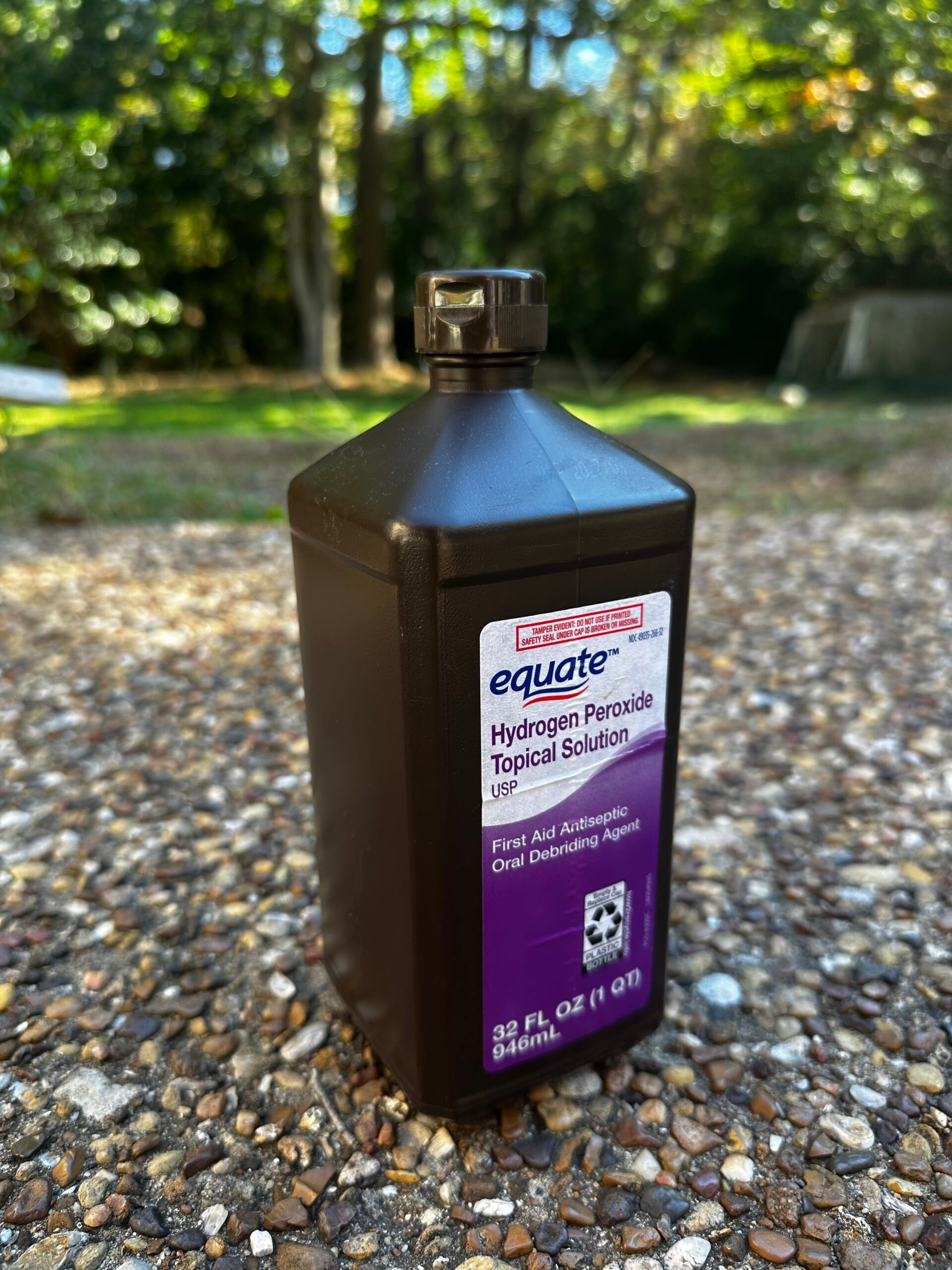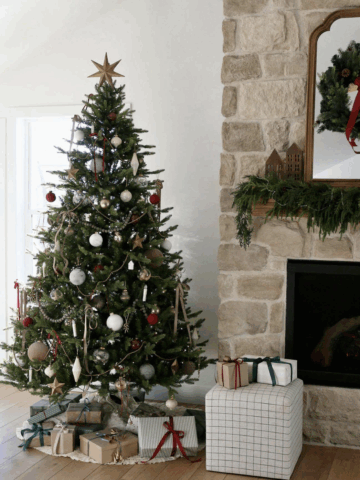Where Modern Door Design Meets Classic European Craftsmanship
A home's entrance is more than a simple threshold, it is a declaration. It stands as the primary point of engagement between a private interior and the public world, setting the tone for the entire architectural experience.

In recent years, a compelling conversation has emerged, one that speaks of both future-facing design and a deep respect for the past. This distinct movement, characterized by the fusion of sleek contemporary aesthetics with enduring European construction, is a standard now for specialized artisans and even premier window manufacturers Colorado who are expanding their craft.
This is not merely a stylistic trend but a rethinking of what an entryway can be. It is an exploration into how the clean lines of modernism can be built upon a foundation of uncompromising durability and thermal performance, resulting in a product that is at once visually striking and profoundly well-made.
The Foundation: Unpacking Traditional European Construction Philosophy
At its core, traditional European construction philosophy was guided by a profound sense of permanence. Structures were not conceived for a single lifetime but were built to serve generations, embedding durability into the very cultural fabric of architecture. This mindset fostered an unwavering focus on performance as a baseline requirement, not an optional luxury. A door or window was not just an aesthetic element but a critical component of the building, expected to deliver uncompromising results in several key areas:
- Superior Thermal Insulation: To defend against harsh winters and maintain a stable, comfortable indoor climate year-round.
- Effective Sound Dampening: To create a tranquil interior, effectively isolating the home from the noise of the outside world.
- Robust Security: To provide genuine peace of mind through formidable construction and reliable locking mechanisms.
This philosophy also championed material integrity. There was an inherent respect for the honest expression of high-quality materials: the solid oak, forged iron, and stone. This commitment to using authentic, substantial materials ensured that every element contributed to a legacy of resilience, creating homes that were as comfortable and efficient as they were timeless.
The Legacy of Craftsmanship and Engineering
This philosophy of permanence was not merely an abstract ideal, it was translated into rigorous standards of craftsmanship and engineering. European building components have long been defined by precision, from the tight tolerances of mortise and tenon joints to the complex, multi-point locking mechanisms that provide security.
The engineering perfectly illustrates this drive for excellence behind high-performance German style windows, whose sophisticated tilt-and-turn mechanisms and multi-chambered profiles set a new benchmark for airtightness and thermal control across the entire building envelope. This same systemic approach was applied to entryways. A door was never considered just a standalone slab. Instead, it was conceived as an integrated system where the frame, the thermally broken threshold, advanced gasketing, and robust hardware all worked in concert. This holistic engineering ensures that the entire unit functions as a single, high-performance barrier against the elements, a principle that remains a hallmark of superior construction today.

The Contemporary Infusion: Aesthetics, Materials, and Technology
The modern architectural landscape, with its emphasis on clean aesthetics and visual simplicity, presents a fascinating challenge to these traditional ideals. The fusion is found in the way contemporary design leverages, rather than discards, this foundation of substance.
We now see doors of impressive scale and minimalist design, featuring flush surfaces, concealed hinges, and seamless integration with surrounding walls, that still possess the reassuring heft and solidity of their historical predecessors. This marriage is made possible by material innovation.
Thermally broken aluminum frames, engineered timber cores that prevent warping, and expansive triple-pane glass panels enable bold designs without compromising performance. This synthesis of classic substance and modern style has given rise to European contemporary exterior doors. More than just entryways, they are meticulously engineered products that represent a complete evolution, delivering the aesthetic purity desired by modern architects alongside the insulation, security, and operational longevity demanded by tradition.
Bridging Continents: Bringing European Ideals to North American Homes
As awareness of building science and energy efficiency grows, North American architects and discerning homeowners are increasingly seeking alternatives to mass-produced domestic options. This has created a fertile market for the very principles of durability and performance embodied by European design. However, integrating these advanced systems is not a simple matter of selection. Their performance is contingent upon expert specification and meticulous installation, requiring a deeper level of product knowledge than standard doors demand. An analysis of the key differences highlights why this expertise is so vital.
This necessity has cultivated a network of specialized importers and dedicated building professionals who can bridge the gap between continents. Finding the right partner is crucial. In regions with demanding climates and a sophisticated appreciation for quality construction, it is becoming increasingly common to see premier window manufacturers, such as those in Colorado, who have broadened their expertise to include these complementary high-performance door systems. These specialists act as vital local resources, translating European engineering for North American building practices and ensuring these exceptional products perform as intended.
A Synthesis of Past and Future
The convergence of contemporary aesthetics and traditional European construction is far more than a fleeting design choice, it marks a significant and thoughtful evolution in how we approach the residential building envelope. It represents a refusal to compromise, affirming that architectural beauty need not come at the expense of comfort, security, or longevity. By pairing minimalist forms with the robust engineering of a complete door system, architects and homeowners can make a powerful statement that is backed by tangible, lasting substance.
This movement restores the front door to its rightful place as a cornerstone of the home, not just as a passage, but as a high-performance, exquisitely crafted piece of functional art. It is a clear testament to a powerful idea: that the most resonant innovations are often those built upon the unshakeable foundations of time-tested wisdom, creating homes that are prepared for the future while honoring the very best of the past.




